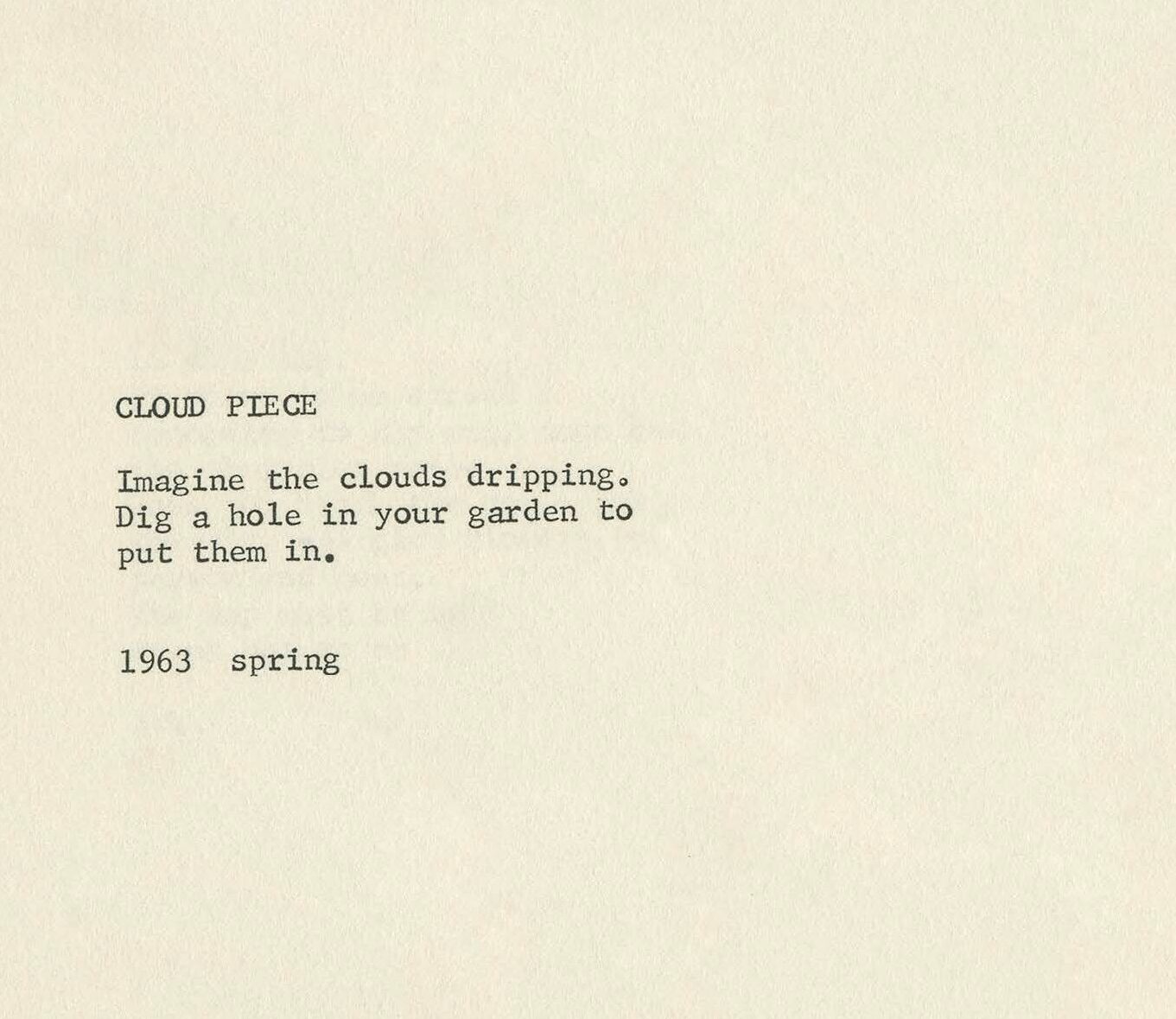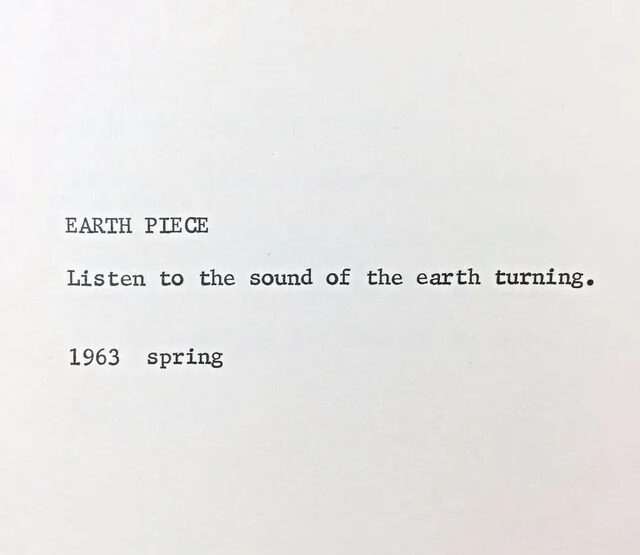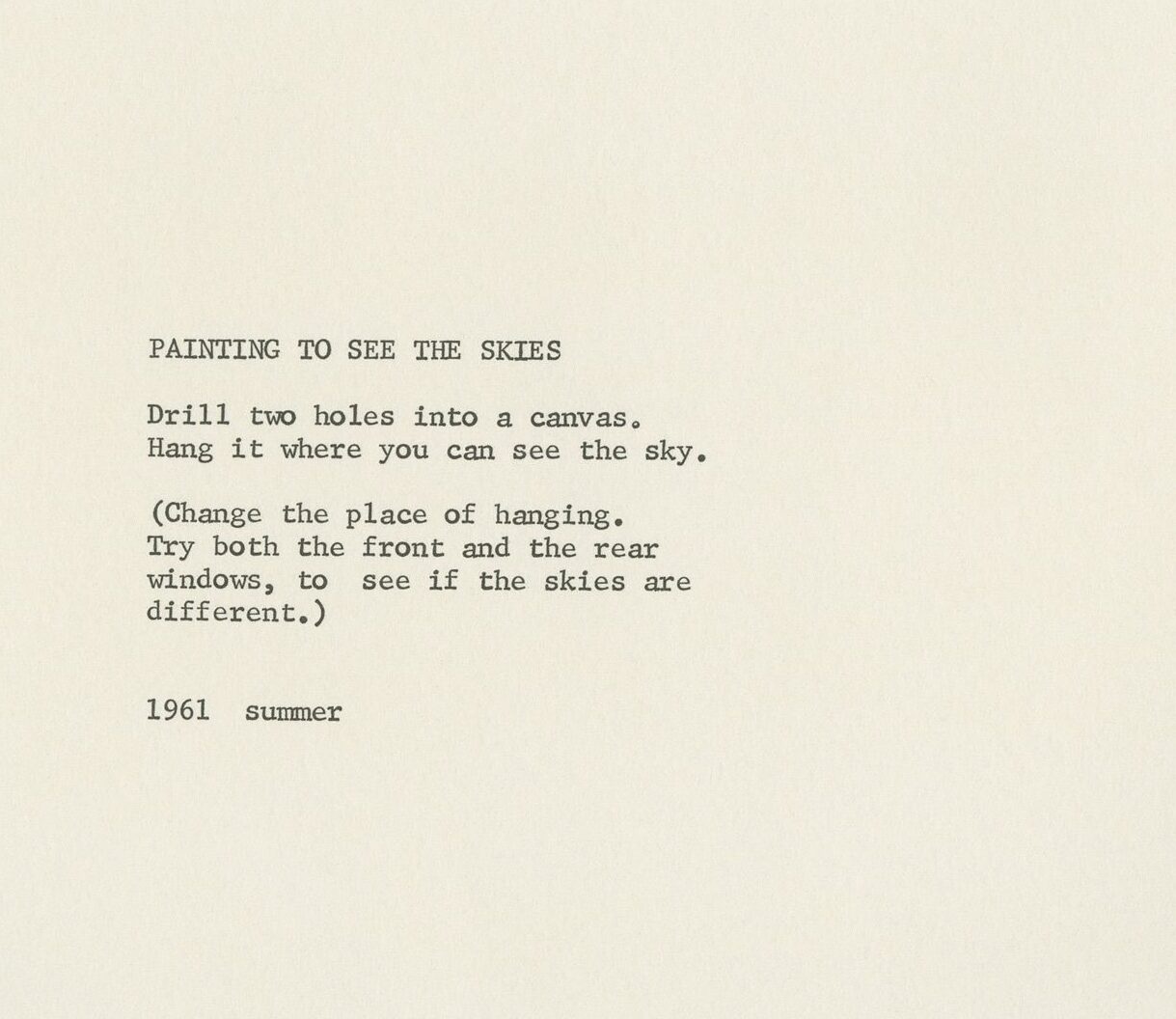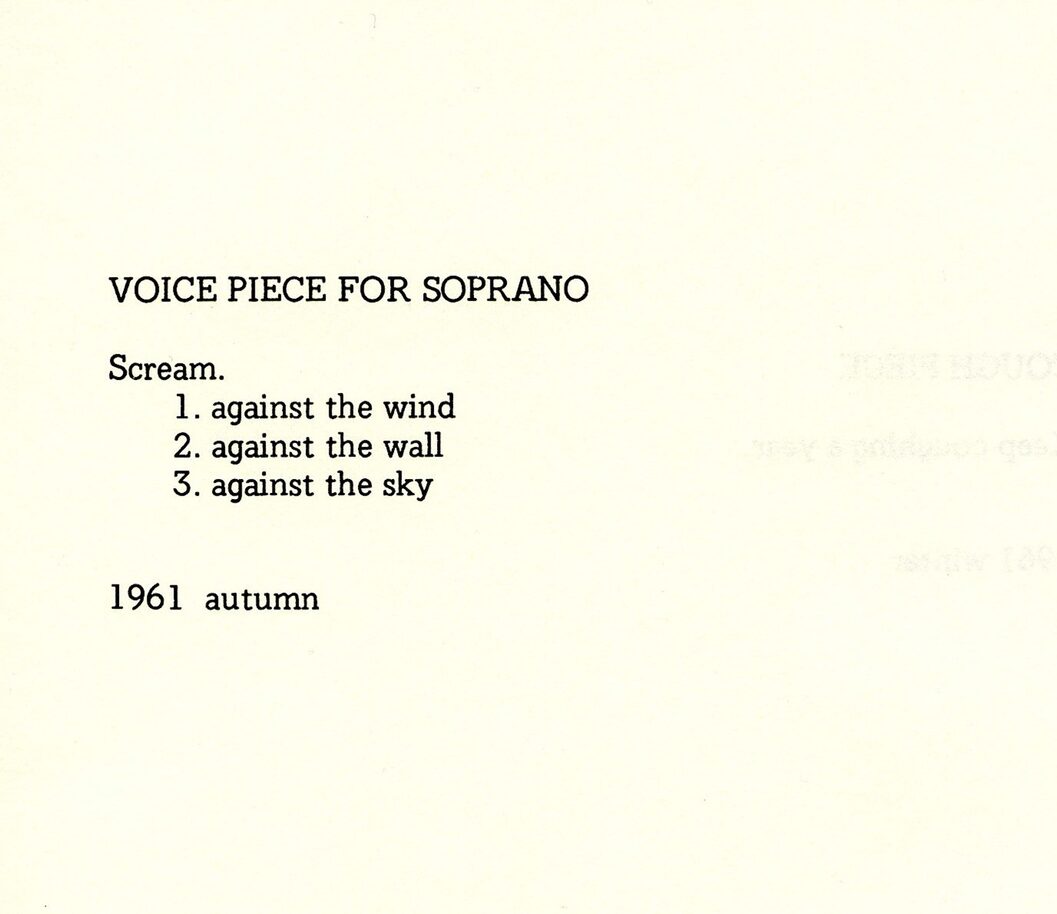Articles on Amodern by lianne-mctavish
AMODERN 12: COUNTERTYPE
Typography, Alternative Print Technologies and Everyday Ephemera
This issue of Amodern turns to new scholarship on typography in the expanded field of reproductive print technologies. It has its roots in “Before and Beyond Typography,” a 2020 conference sponsored by Stanford University that explored “the vitality of non-typographic publishing networks” and “the dynamic interplay between technological change and non-typographic printing” around the globe. ((While the originally scheduled in-person conference in April 2020 was cancelled due to the Covid pandemic, it was reworked as a virtual conference series in summer 2020. Organized by Thomas S. Mullaney and Andrew Amstutz, the conference drew together scholars working on print cultures that either preceded the global spread of industrial type printing and the discursive conflation of type with modernity or jostled alongside type in the twentieth century as “alternative trajectories.” ((Christopher A. Reed, Gutenberg in Shanghai: Chinese Print Capitalism, 1876-1937 (UBC Press, 2004), 89.)) The animating question of “Before and Beyond Typography” was this: “What becomes of our understanding of ‘-graphics’ when we dislodge the prefix ‘typo-’ from its long-dominant position and place it alongside those of ‘chiro-’, ‘xylo-’, ‘litho-’, ‘mimeo-’, ‘xero-’, ‘seri-’, and other methods and technologies?”
The five articles in this issue respond to this question, extending it both chronologically and thematically to document what Mullaney has elsewhere described as the “vibrant technolinguistic imagination” before, beyond, and alongside type. Exploring the relationship between revolution, new technologies, and visual cultures, Gallo shows how these “foot soldiers of technology” used “cameras, typewriters, radios, and other mechanical instruments” in their practice and “embraced the new technological media and wrote eloquent accounts of their mechanical encounters.” This issue extends Gallo's analysis to print culture, with each article variously locating – and dislocating – typography via encounters with print-making around the world. Aesthetic interventions made with alternative text technologies comprise a major aspect of our focus; but so, too, does everyday use: as these articles will show, it is often in printed ephemera that one sees so-called “typographic modernity” thoroughly pushed to the periphery.
UNREASONABLE CHARACTERS
The Unicode Standard relies on a key design principle: its authors encode character information, not characters’ visual forms, their glyphs. But ultimately, character and glyph are not so distinct. User interfaces and artistic practice often obscure their differences – and in the process, show Unicode for what it is: a historical record bound by prior standards and computing technology. Combining technological history with discussions of artists’ interventions in the standard, I trace in this record Unicode’s gaps, ghosts, and politics. For, the character–glyph distinction has governed what elements of writing Unicode supports, and its instability, I conclude, renders visible the decisions that make this so.
THE LEAD LETTERS OF NASTA’LīQ
Experiments with Movable Type and Debates over Modernity in Hyderabad
This article follows the discussions over history and comparisons to other languages that were part of experiments with type technology for the Urdu language in late colonial India. Specifically, it examines how some Indian Muslim printers and intellectuals in Hyderabad crafted movable type technology for Urdu that could approximate the handwritten aesthetics and slanting style of the nasta‘līq form of the Perso-Arabic script in the early 1930s. This article explores how Urdu’s script became the site of technological experimentation, debates over transregional Islamic ties, and articulations of local Muslim sovereignty in India. In so doing, it addresses a less studied aspect of Urdu print culture in which lithography predominated, namely how some Urdu printers experimented with movable type for nasta‘līq.
THE MOST IMPORTANT BOOK NEVER WRITTEN
A Media History of Saul Kripke’s Scholarly Samizdat
This article considers the significance of informal publication and circulation in the work of the philosopher Saul Kripke (1940-2022). It argues that everyday copying technologies (e.g. tape recording, photocopying) enabled academics in the 1970s and 1980s to create living documents whose private preservation and circulation maintained a community of interest and makes a case for understanding these technologies and techniques of reproduction as essential to the composition of Kripke’s ground-breaking published work. Kripke lectured a great deal, usually without notes, and was known to be reluctant to commit his ideas to print; this so-called samizdat preserved a space for the oral as the preferred mode of communication for philosophical discourse, connecting the modern tradition with the ancients, while the recordings, transcripts and photocopies archived Kripke’s ideas and secured access outside of institutional publishing channels.
A TRULY MODERN MEDIA
Avant-garde Visual Culture and the Printed Character in the 1930s Shanghai Pictorial Magazine 時代漫畫 Modern Sketch
This article examines the influential 1930s Shanghai pictorial Modern Sketch and its owner Shao Xunmei's vision for promoting literacy and political engagement among Chinese citizens. Shao viewed pictorials as a tool to make reading enjoyable and cultivate politically aware readers, contrasting with more didactic and staid literacy efforts. The article argues that Modern Sketch uniquely combined high-quality printing, avant-garde art, and carefully structured text to appeal to readers of all literacy levels while delivering sophisticated political and social commentary. Through a case study of a 1937 photomontage, the article demonstrates how intricate and incisive critiques of society and culture could be interpreted at different literacy levels. It positions Modern Sketch as an important alternative public space capturing the complexities of life in semi-colonial Shanghai.
THE SUBVERSIVE PRINT NIANHUA
Nianhua, a native woodblock print made with the technique of polychrome xylography, also known as “douban” (饾版), was invented by Hu Zhengyan around four hundred years ago, to celebrate the beginning of a new year. This paper focuses on nianhua print in the late Qing and early Republican periods, when the art’s popularity reached its peak, and on north China, where the most influential printing centers were congregated. It argues that the genre allowed artists to represent common people and their life in a pictorial art form customarily reserved for elites. It examines the revolutionary and subversive potential of the art through investigating the theme of human agency, the depictions of dissidents as social criticism, and the portraits of the “new women.” A close look at the prints shows that nianhua artists, who often came from humble backgrounds, used their cultural resources to actively interpret and participate in the social and cultural changes that took place in the cities. While late Qing-era Chinese intellectuals regarded the genre as vulgar and superstitious and the Nationalists tried to contain it through censorship, the Communists attempted to tap into its popularity.
QUIPU PROCEDURE
This piece is a textual quipu, where sequences of knots (in the form of footnotes) connect [1] an ancient data collection technology as used by the poet-artist Cecilia Vicuna to [2] contemporary algorithms that collect and sort the data produced by living bodies to [3] glitches in machine translation algorithms. It is recommended that you click on the footnotes as you come upon them.
ONO OPTICS
Toward a Theory of the Perfectly Unreadable
Yoko Ono was a primary innovator of the event score, a mainstay of procedural poetry from the 1960s and 1970s. Looking closely at Grapefruit: A Book of Instruction and Drawings (1970), alongside Ono's perennial interest in idleness and whimsy, this essay asks how valuing the somatic dimensions of instruction-based poetry challenges our methods of reading and apprehending poetic texts and insists that we distinguish between procedure-as-poem and the speculative text that is created by bodies performing instruction-based poems. The unknowable, unreadable outcomes of these embodied poems become increasingly legible and nuanced as we shift critical focus from the textual to the extra-textual surround in social and pedagogical spaces.
ADRIAN PIPER
Procedure, Intimate Inquiry, Archives
Adrian Piper seeks to establish her position in the face of her marginalized identity by developing her work as a kind of broader informational, archival project – a project enhanced by the creation of her own physical and digital archive. Considering Julietta Singh’s proposition that “the archive is a stimulus between myself and myself,” I attend to how Piper’s artworks – in particular her Catalysis performances (1970s) and the My Calling (Card) series (1986 and 1990) – foreground questions about subjectivity and agency within Piper’s life and practice as modes that represent the entanglement of philosophical inquiry and art making. Piper’s outputs demonstrate a need to situate herself, as a thinking and embodied entity, in the art world and in the world in general.
SPELL AND SURVIVAL TECHNIQUES
Dreams as Procedure in Lyn Hejinian and Jackie Wang’s Poetry
This essay turns to two contemporary poetic texts, Lyn Hejinian’s The Book of a Thousand Eyes (Omnidawn, 2012) and Jackie Wang’s The Sunflower Cast a Spell to Save Us From the Void (Nightboat, 2020), that turn to the unconscious processes of the mind at rest and the forms of materialist attention that they generate. These texts attend to the terrain of work and social reproduction as reflected and refracted in the realm of dream. I argue that rather than framing sleep and dream as interior spaces where solitary fantasies and attachments play out, these books insist on the active interplay between the social and the dreamworld and the material action of dream and sleep.







